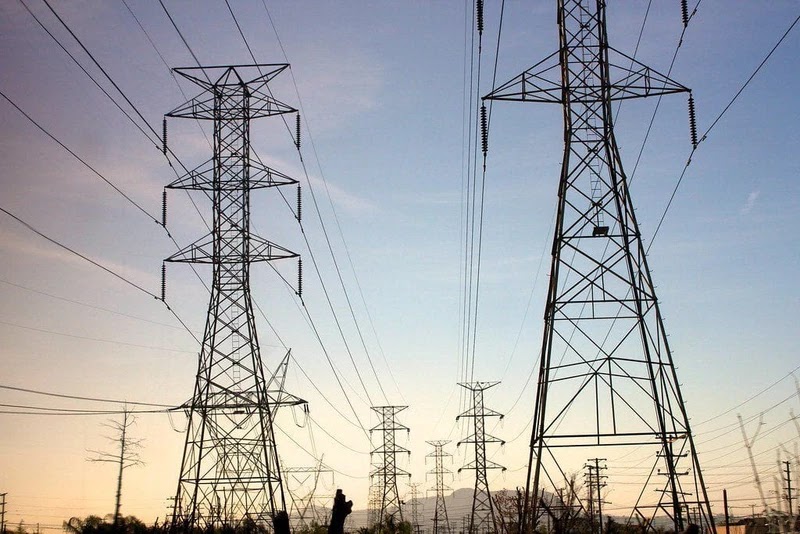Finally - An Easy DIY Solar Cooker Kit

Buying a professionally designed solar cooker is the easiest way to make your own fuel-free food (and we have plenty to recommend), but sometimes you want to get your MacGuyver on and make a DIY solar cooker kit. There are plenty of low tech ways to do this, such as the perennial middle school science fair contraption that combines cardboard boxes with saran wrap. More creative inventors can turn a Pringles can into a solar cooker. But what if you want to build a higher end solar cooker? With GoSun, now you can. We create fuel-free ovens that combine cylindrical cooking chambers with parabolic reflectors to focus the Sun's energy and keep it trapped in a vacuum tube. We are happy to assemble everything for you, but if you want to DIY, then we'll send you a DIY solar cooker kit that includes a chamber, a roll of reflector material, and some cooking fins. Now you can make the highest-quality DIY solar cooker possible by using the same materials as GoSun's brea...




